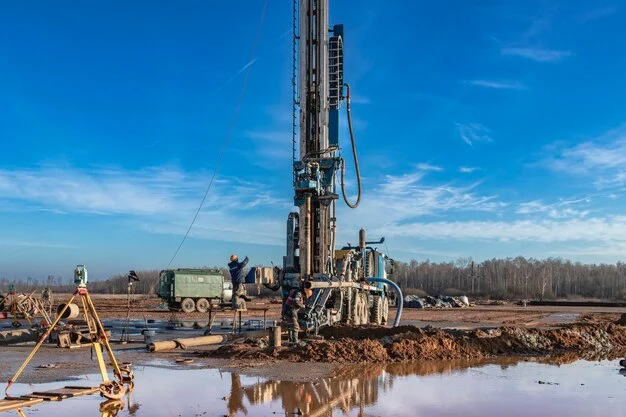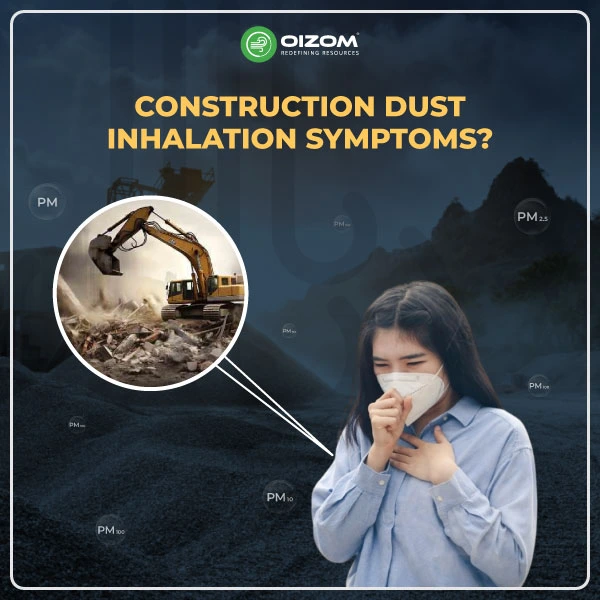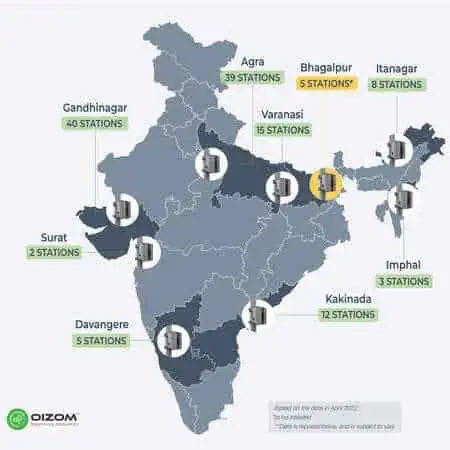As we delve into the realm of drilling operations, whether onshore or offshore, it’s imperative to consider the environmental impact these activities have. One of the primary concerns is the air quality during these operations, as it significantly affects not only the workers but also the surrounding communities and the overall environment. In this blog, we’ll explore the importance of air quality monitoring in drilling operations, the regulations in place, the monitoring equipment used, and some best practices for effective monitoring.
Health Impacts of Poor Air Quality in Drilling Operations
The quality of air in and around drilling sites can have serious health implications for workers and nearby residents. Exposure to hazardous air pollutants, including volatile organic compounds (VOCs), hydrogen sulfide, particulate matter, and various other compounds, can lead to health conditions such as respiratory illnesses, cardiovascular disease, and neurological disorders.
The World Health Organization reports that over 4.2 million premature deaths occur worldwide each year due to exposure to outdoor air pollution. While this statistic is not solely attributed to drilling operations, it does emphasize the dire need for proper air quality management.
In response to these health concerns, numerous regulations have been implemented globally to manage air quality in drilling operations. In the U.S., for instance, the Environmental Protection Agency (EPA) enforces the Clean Air Act, which sets limits on certain air pollutants from various sources, including drilling sites.
The European Union, on the other hand, regulates air quality under the Industrial Emissions Directive, which outlines the permissible levels of pollutants and mandates regular monitoring.
Types of Air Quality Monitoring Equipment for Drilling Operations
There are various types of monitoring equipment used to measure air quality in drilling operations. Let’s delve into some of them.

Portable and Stationary Monitors
Portable monitors are handy devices that provide real-time measurements of a specific range of pollutants. These monitors are advantageous in their mobility, allowing workers to identify pollutant hotspots throughout the site.
In contrast, stationary monitors are typically more sophisticated and can detect a broader range of pollutants. They are permanently installed at specific locations around the drilling site to provide continuous air quality data.
Sampling Methods
The two primary methods used for air sampling in drilling operations are active and passive sampling. Active sampling involves drawing air into the monitor using a pump to collect samples over a specific period, whereas passive sampling relies on the natural diffusion of air into a collection device.
Data Analysis and Reporting
The collected data is then analyzed to determine the concentration levels of various pollutants. Advanced software tools are used for this analysis, providing comprehensive reports that can help identify patterns and trends over time. These reports are essential for regulatory compliance and developing strategies for air quality improvement.
Best Practices for Air Quality Monitoring in Drilling Operations
Effectively monitoring air quality in drilling operations involves more than just having the right equipment. Here are some best practices:
Site Selection and Setup
Careful selection of the monitoring site and correct setup of the equipment is crucial. Monitors should be placed at locations that are representative of the overall site conditions and where the highest concentrations of pollutants are expected.
Calibration and Maintenance
Regular calibration and maintenance of the equipment are necessary to ensure accurate and reliable data. Without proper calibration, the equipment may provide misleading information, leading to poor decision-making.
Data Interpretation and Communication
Interpreting the data accurately is vital for informing the necessary interventions. Furthermore, effective communication of the results to all stakeholders, including workers, management, and regulators, is crucial for ensuring compliance and promoting a safe working environment.
Conclusion
Air quality monitoring in drilling operations is critical for ensuring the health and safety of workers, surrounding communities, and the environment. With robust regulations in place and advanced monitoring equipment available, it is possible to manage air quality effectively. However, this is not just about compliance and technology. It also involves a commitment to best practices, accurate data interpretation, and effective communication to ensure a safe and healthy environment for all. As we strive for progress in our drilling operations, let us also remember to safeguard the air that we all share.






